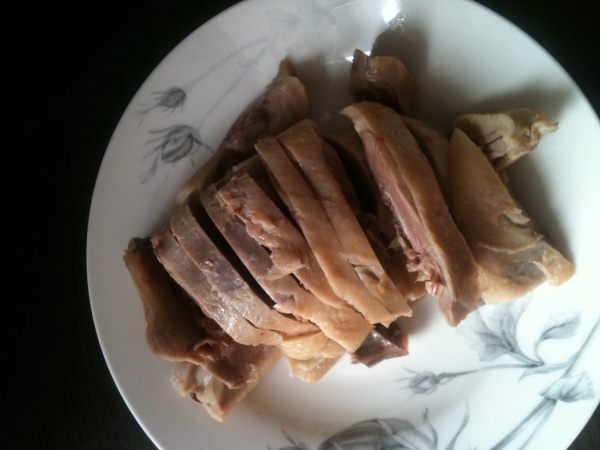Facts About Nanjing Salted Duck
Nanjing Salted Duck is a delightful and traditional dish from Nanjing, China, with origins that date back as far as the 14th century. It gained particular prominence during the Qing Dynasty. The dish is cherished for its tender, non-greasy white duck meat, which is often slightly crispy and highly fragrant. It is reputed to taste best in mid-Autumn, coinciding with the blooming of sweet osmanthus flowers, hence its alternate name, Osmanthus Duck.
Both locals and visitors to Nanjing relish this dish, savoring not only the meat but also various duck parts such as the gizzard, kidney, heart, and liver. Nanjing boasts a rich culinary scene, particularly noted for Jinling dishes and an extensive repertoire of duck recipes. The city's reputation as China's "duck capital" is well-deserved, with over 100 million ducks sold annually, reflecting its mastery in duck cuisine.
The preparation of Nanjing Salted Duck is a meticulous process. First, the wings and feet are removed, and the duck is thoroughly cleaned and eviscerated. It is then seasoned with spices such as pepper, pickled, dried, and finally simmered in a flavorful broth before being served.
The popularity of duck dishes in Nanjing can be traced back to historical events. For example, during the 14th century reign of Emperor Zhu Yuanzhang, an edict to eliminate roosters led locals to adopt ducks as a primary food source. Some believe that Nanjing's affinity for duck dishes dates even further back to the Southern Dynasties period (420-589 A.D.).
